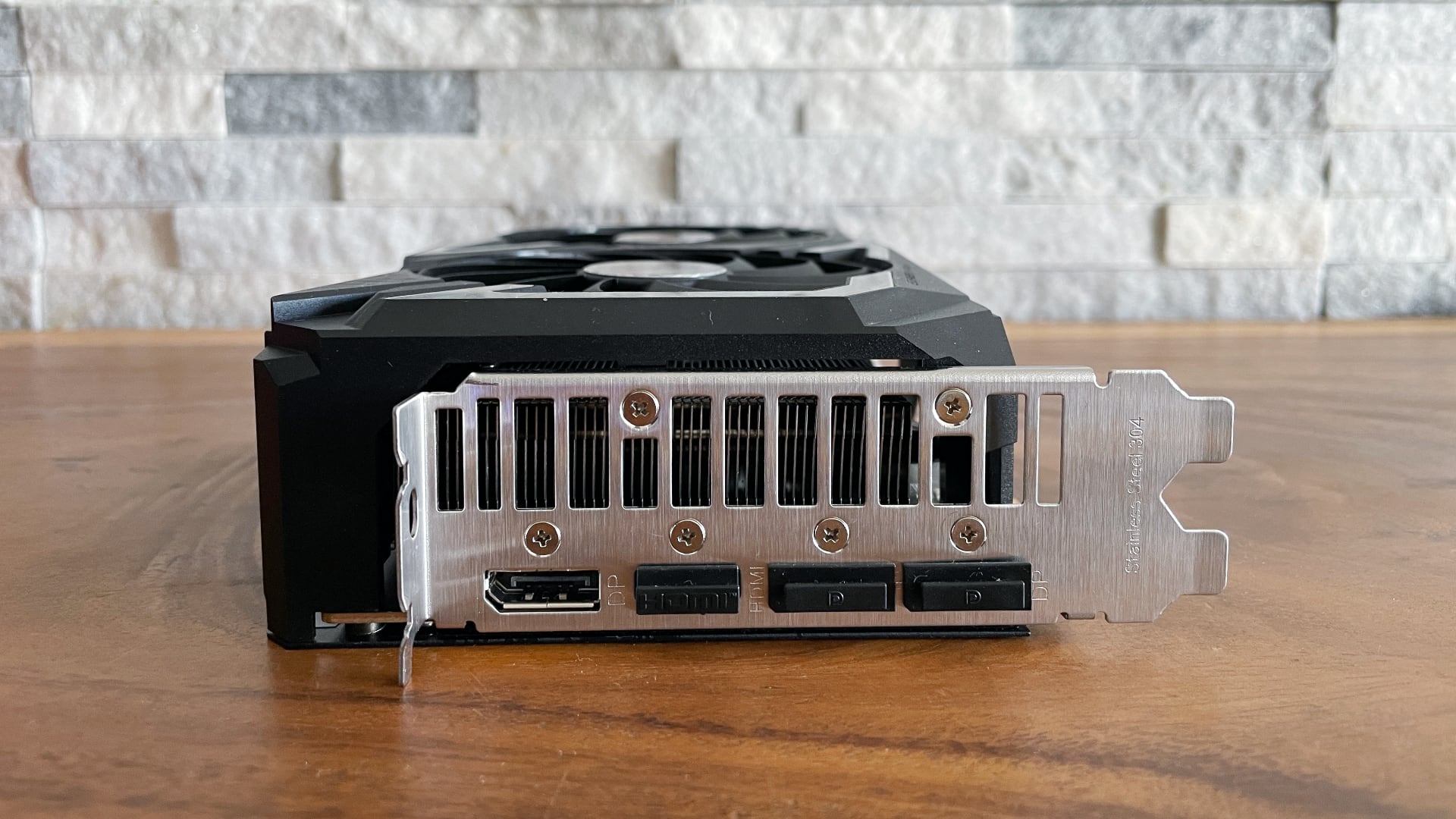AMD has bad news for anyone worried about utility bills with 700W GPU predictions
Team Red forecasts high-end GPUs that could reach 700W the generation after next

AMD has floated a broad prediction that graphics cards could reach power usage levels of 700W as we head towards 2025.
Specifically, this comes from a recent interview with an AMD exec conducted by VentureBeat, on the broad topic of AMD’s big push for energy efficiency, and its fresh goal of getting 30 times better power-efficiency by 2025 for high-performance computing (HPC), after having achieved the previous aim of 20 times by 2020.
During that lengthy chat, AMD’s senior VP, corporate fellow and product technology architect, Sam Naffziger, also touched on the firm’s secret weapon against Nvidia – namely chiplets for GPUs – and the subject of the rising power demands of graphics cards.
Naffziger underlined the drive for much-improved efficiency not just in HPC, but also in GPUs for gamers, mentioning again that AMD’s next-gen RDNA 3 graphics cards will offer an improvement of 50% in terms of performance-per-watt (the same boost witnessed with the launch of RDNA 2 products, as you may recall).
While Naffziger didn’t comment directly on a chart provided in the interview, it’s a very interesting graphic seeing as it shows the expected curve of progression with power draw for GPUs as time rolls on. Indeed, it’s labeled by AMD as an illustration of how power consumption is ‘exploding’ and that we can expect to be looking at 700W TDPs for high-performance graphics cards as we get closer to 2025.
Analysis: How realistic does that level of power consumption seem?
Okay, the first thing to note here is that this is just a forecast from Team Red about where it envisions power usage ending up – indeed, more of a warning given the terms it’s couched in – as opposed to an expectation of where AMD’s future graphics cards are headed (or Nvidia, or Intel’s for that matter).
The prediction does appear to fit with the timeframe for the following generation of graphics cards after incoming next-gen products, which are Nvidia Lovelace and AMD RX 7000 (RDNA 3) – meaning this is gazing at the crystal ball for RTX 5000 and RX 8000 in theory (currently thought to be planned for 2024, for Team Green anyway – apply seasoning liberally of course).
Sign up for breaking news, reviews, opinion, top tech deals, and more.
Does 700W seem like a realistic expectation for the most power-hungry GPU of those generations? Well, let’s face it, this is referring to Nvidia’s flagship, and the biggest power hog of RTX 5000 which would likely be the 5090 Ti. Now, given that the top-end next-gen Lovelace GPU from Nvidia is looking towards a 600W power usage according to the rumor mill, stepping things up to 700W for the following generation wouldn’t seem an unrealistic piece of guesswork.
(We should note at this point, for those sweating about the possible power demands of RTX 4000 cards, it has of late become the theory on the grapevine that the RTX 4090 could be pitched at about 450W, and only the full-fat AD102 GPU, likely the Ti version – or maybe even a Titan – will floor power consumption to that 600W level; and even that’s still very much a rumor).
We can’t draw any firm conclusion that Nvidia intends to keep pushing down the same hotter and faster path with its future GPUs after Lovelace, of course – and we can’t even be sure of this regarding RTX 4000 until the cards actually arrive, though it’d be quite a shock if they were better on the power-efficiency front than the avalanche of rumors that we’ve seen suggest.
But AMD has already firmly set out its stall that efficiency will be a big thing for next-gen GPUs, while at the same time, Naffziger has elsewhere admitted that Nvidia’s push for performance which is driving TDPs upwards means that RX 7000 graphics cards will also have to crank up power usage. It’s just that as Naffziger said recently, Nvidia will “have to push them a lot higher than we will” due to AMD’s continued power-efficiency wins.
The problem with this direction in general, of course, is that not only do graphics cards making big power demands potentially force gamers to look at PSU upgrades, but they can cause further financial pain in terms of upping power bills, which have already gone through the roof in recent times.
Via Tom’s Hardware
Darren is a freelancer writing news and features for TechRadar (and occasionally T3) across a broad range of computing topics including CPUs, GPUs, various other hardware, VPNs, antivirus and more. He has written about tech for the best part of three decades, and writes books in his spare time (his debut novel - 'I Know What You Did Last Supper' - was published by Hachette UK in 2013).